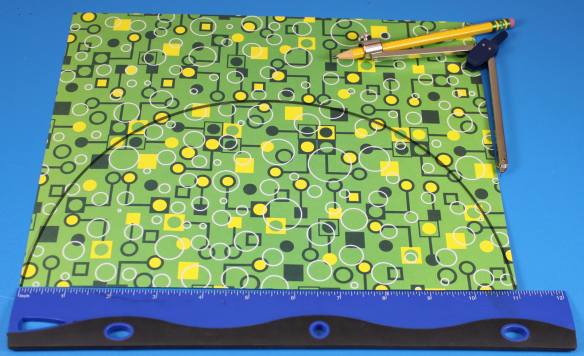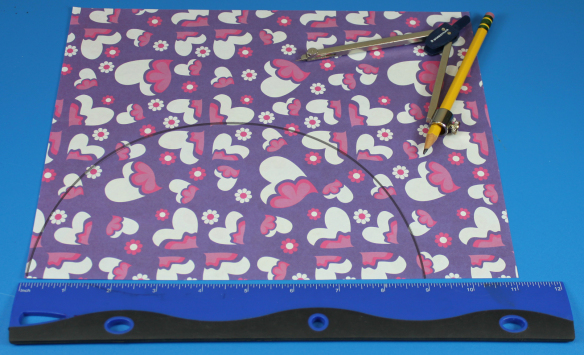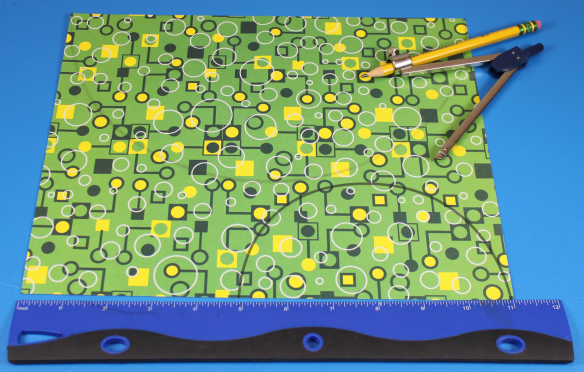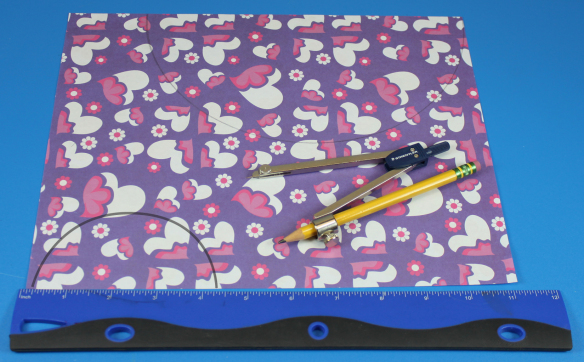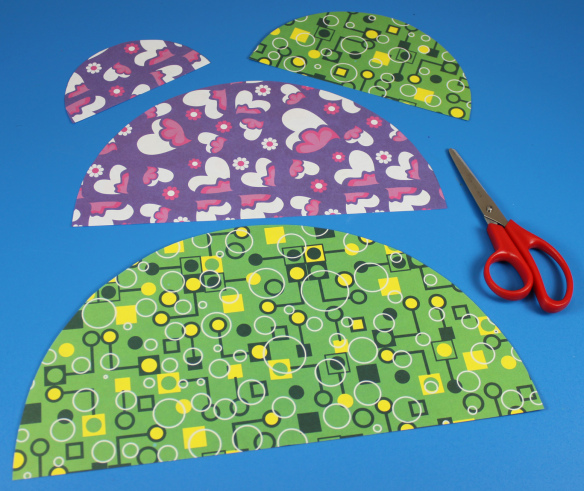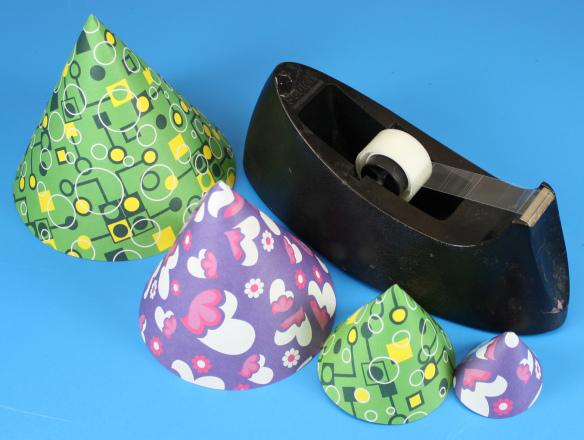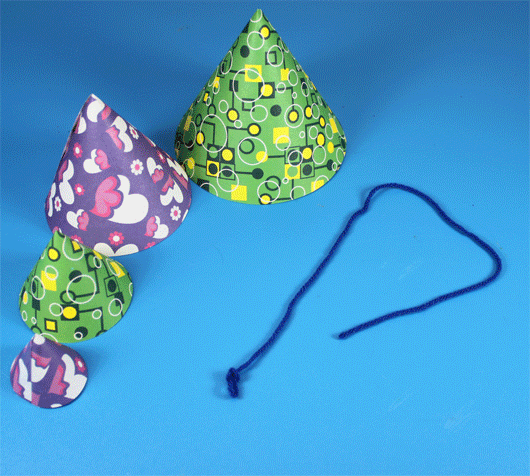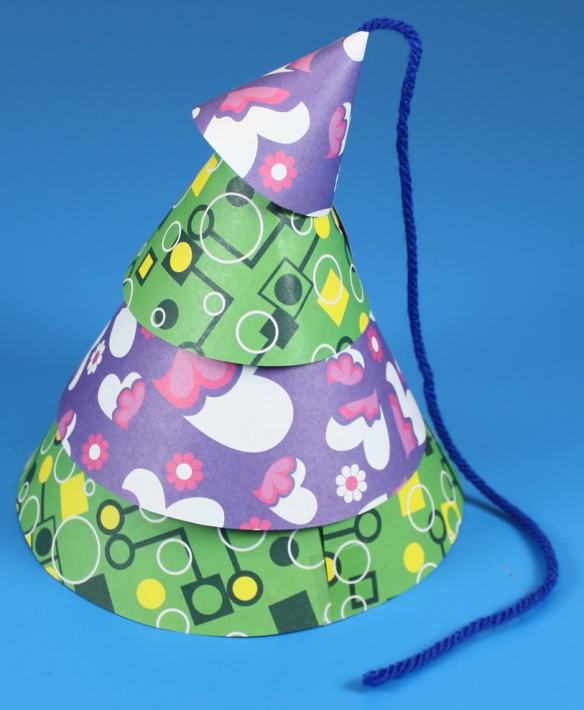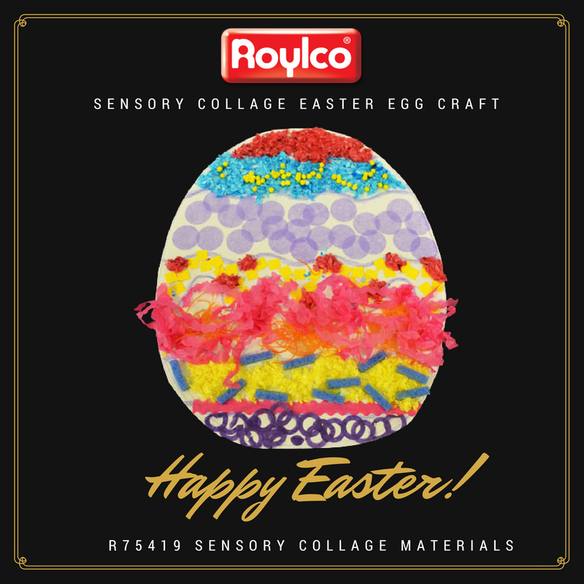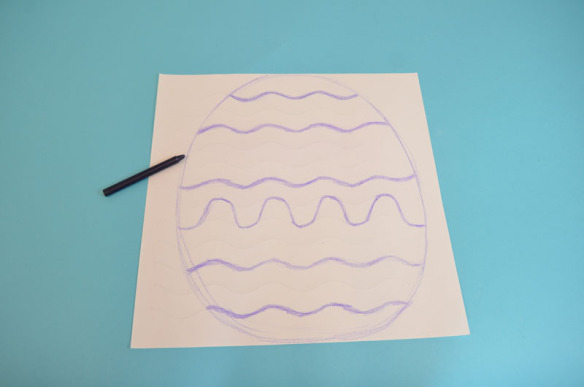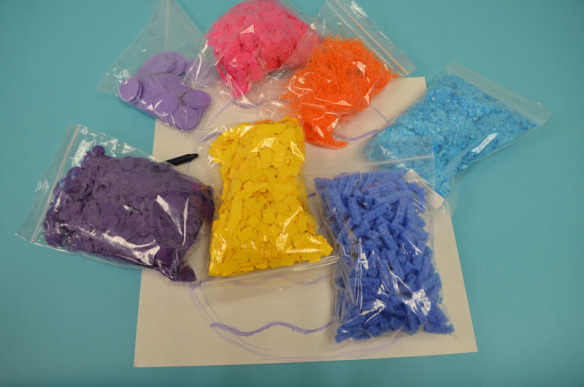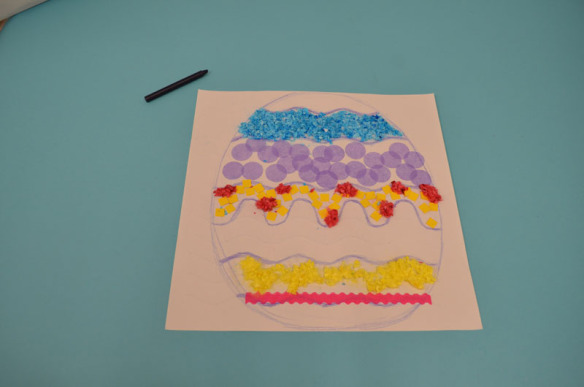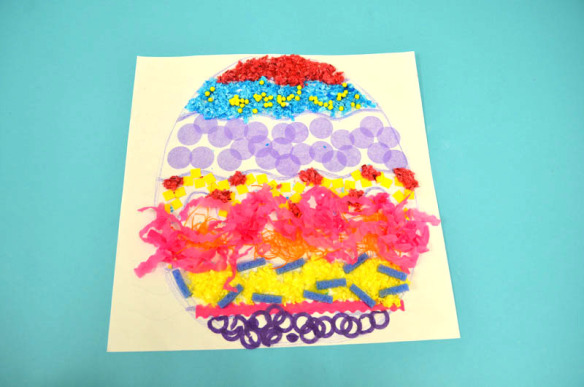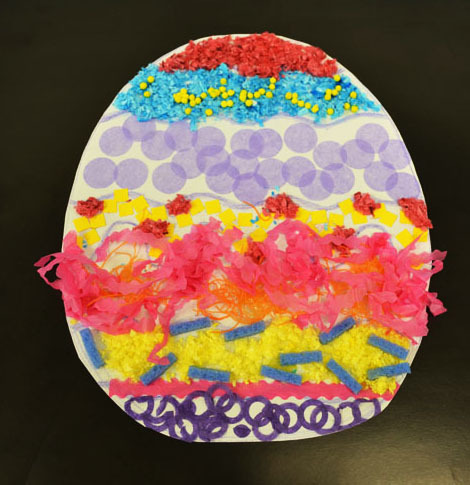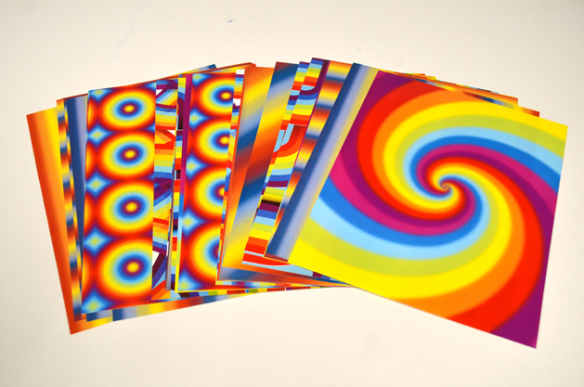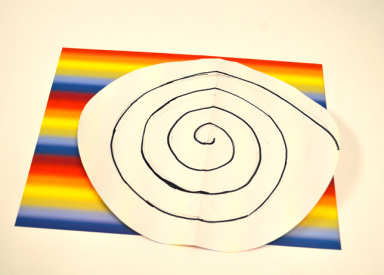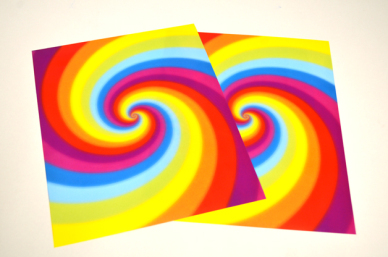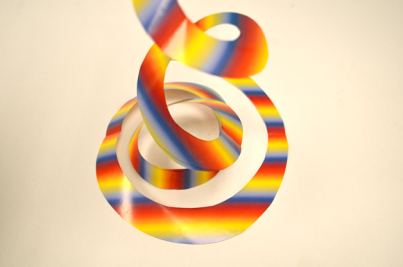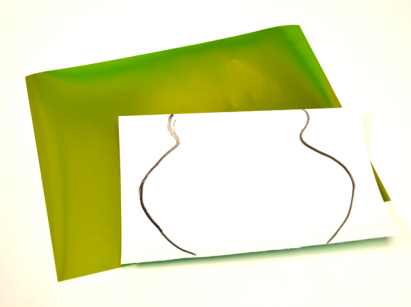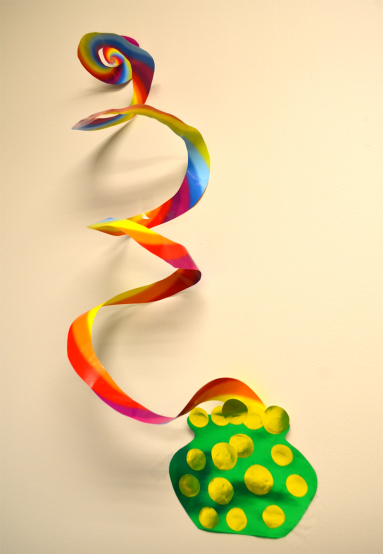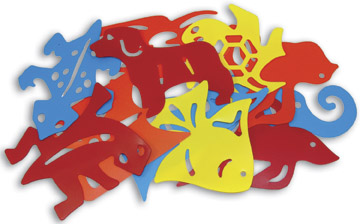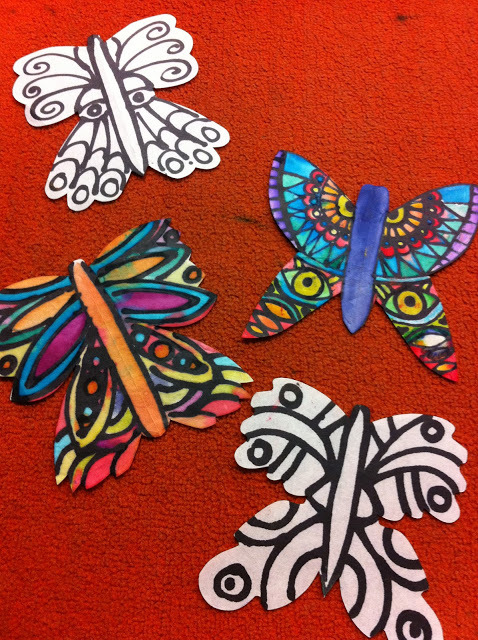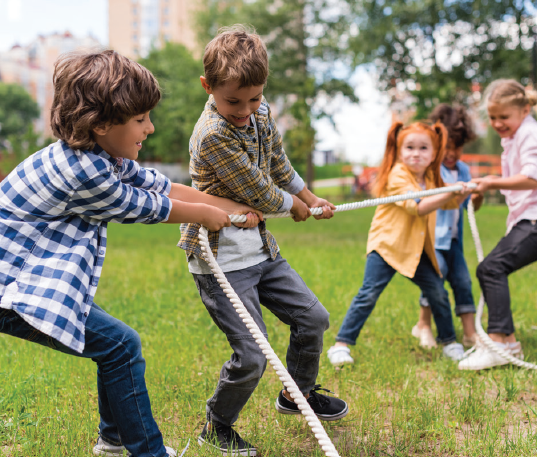
You might be wondering what a growth mindset is, so let’s start by defining it. A growth mindset is the believe that we can improve our abilities through effort, practice, and learning from mistakes. The opposite of a growth mindset is a fixed mindset which is the believe that our abilities are set in stone.
So why is having a growth mindset important?
Having a growth mindset is vital to development because it allows us to view challenges as a growing opportunity, rather than as an unclimbable mountain. When we approach issues with a growth mindset, we are more likely to achieve goals and try new things that may be difficult or unfamiliar to us. These situations help foster perseverance, problem-solving skills, and a stronger work ethic.
A growth mindset is something that is learned, and therefore, must first be taught. Teaching children this practice from a young age is a great way to help them navigate the coming challenges in their lives, and will also help them to better resolve social issues. Take a look at a few of our products we recommend for exploring growth mindsets.
Roylco Laminated Speech Bubbles:
Our Laminated Speech Bubbles allow children to write how they think someone would respond to a certain situation with a growth mindset vs. with a fixed mindset. This is a great tool to visually show kids how having a fixed mindset often leads to more frustration and limitations, while having a growth mindset leads to greater positivity and success.
Roylco Stand-Up Self Portraits:
Using the Stand-Up Self Portraits, children are able to express what they imagine someone with a fixed mindset looking like (facial expression, what they would say, etc.) and someone with a growth mindset. This allows parents and teachers the opportunity to ask children questions of why they think someone with that specific mindset would think and feel that way, which leads to greater conversation of the benefits of having a growth mindset.
See the Growth Mindset Lesson Plan for greater detail on how to most effectively utilize these tools, Laminated Speech Bubbles and Stand-Up Self Portraits, as a method of teaching young learners the importance of adopting a growth mindset.
We hope you too see the importance of both adults and children putting into practice a growth mindset. It is never too early to learn to effectively overcome challenges and expand your mind to the possibilities in front of you!

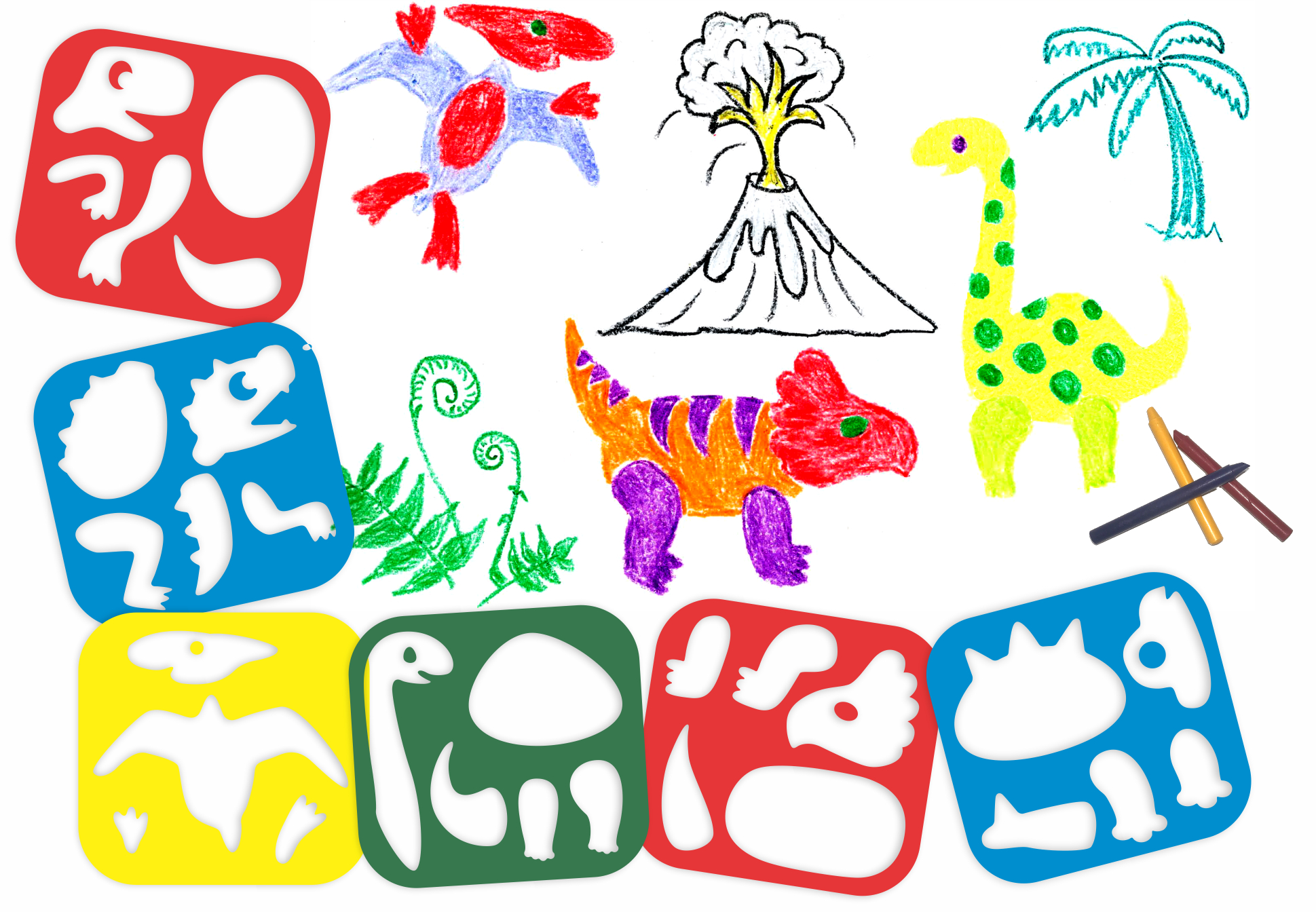
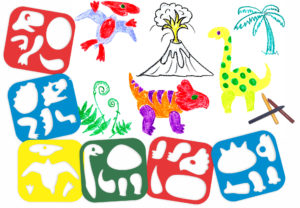
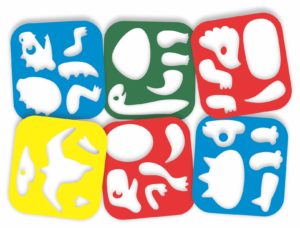

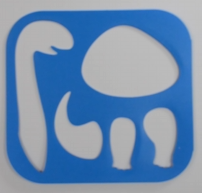





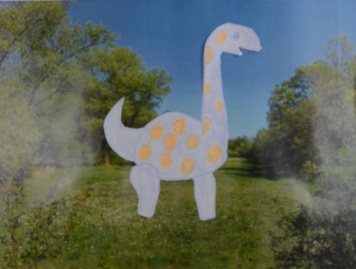


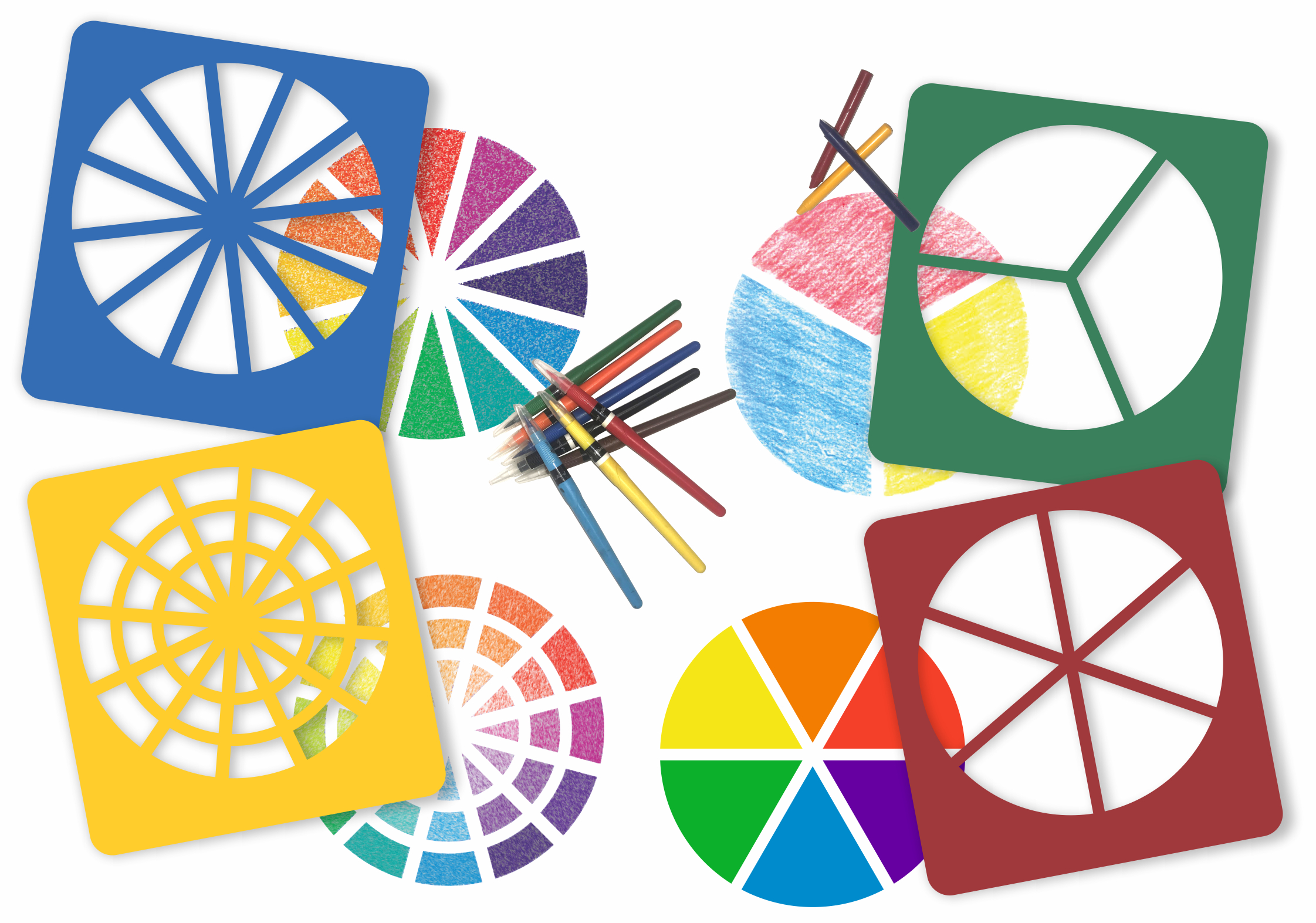
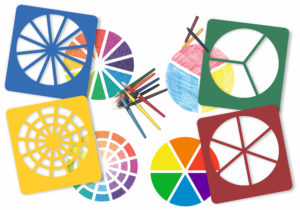
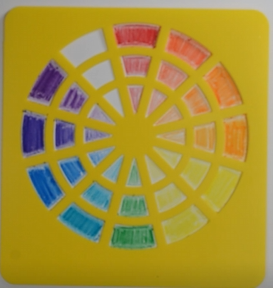
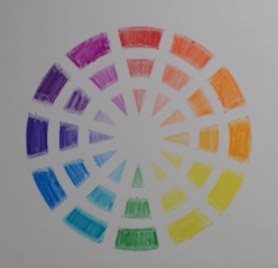
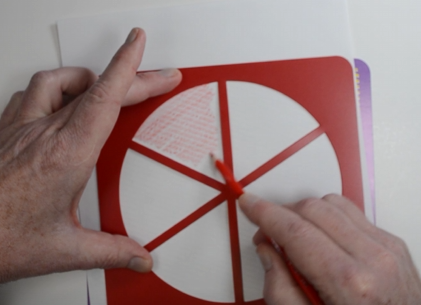
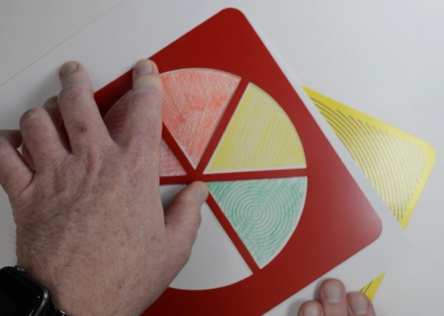
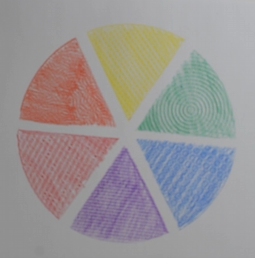
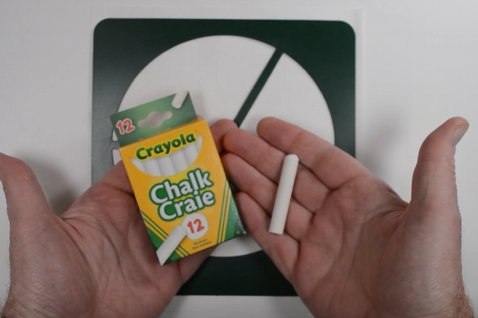
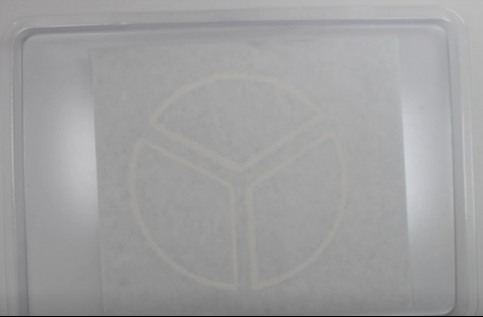
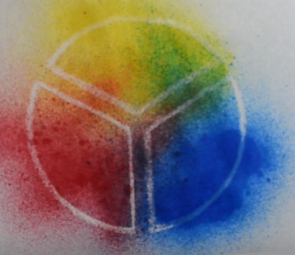

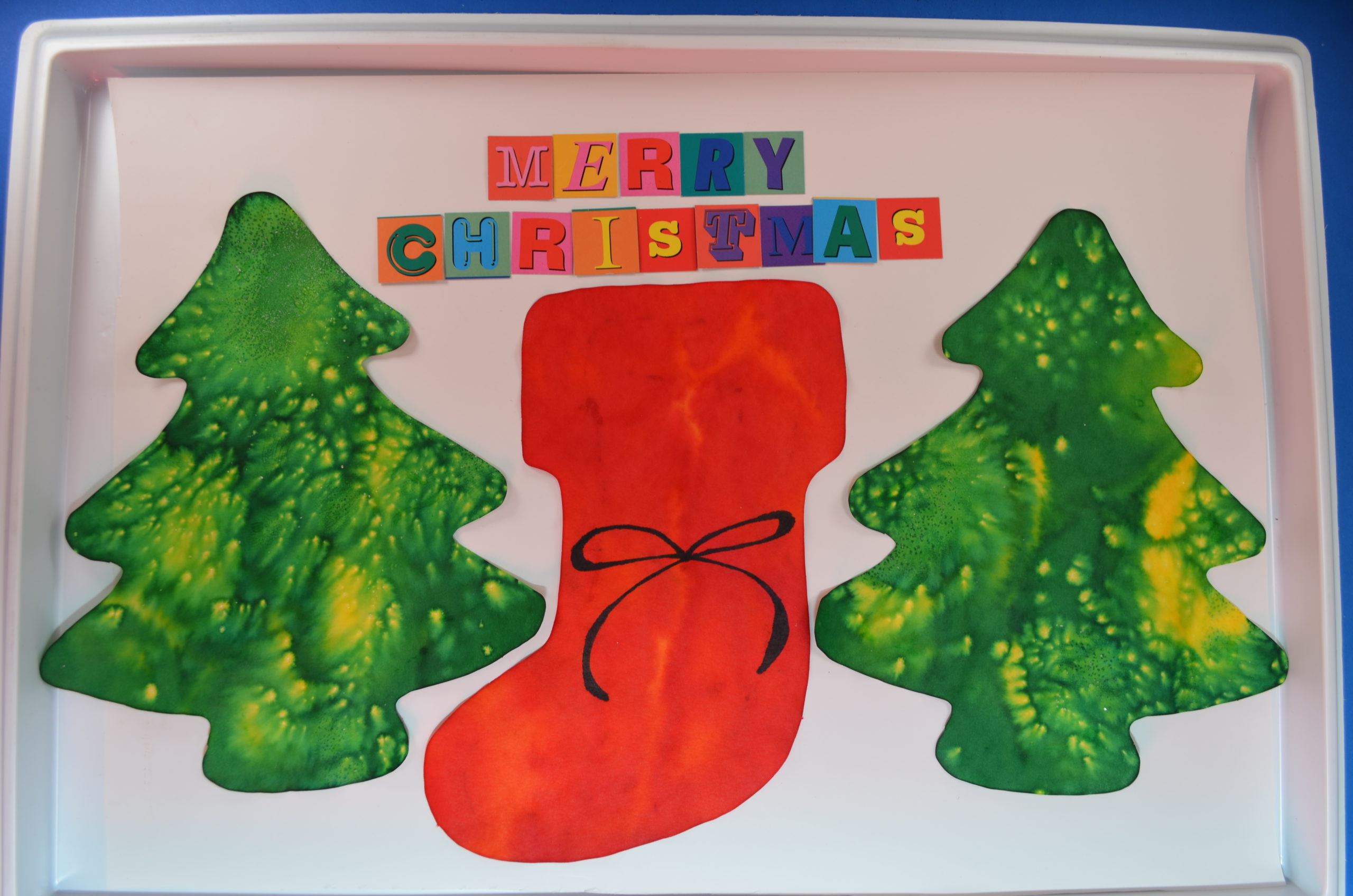
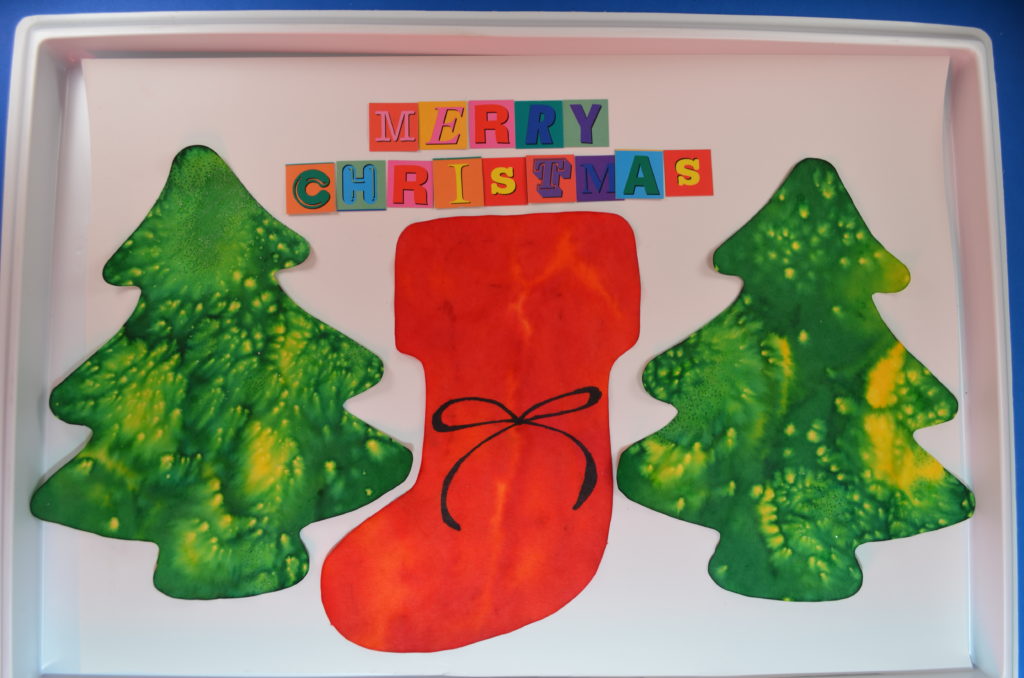
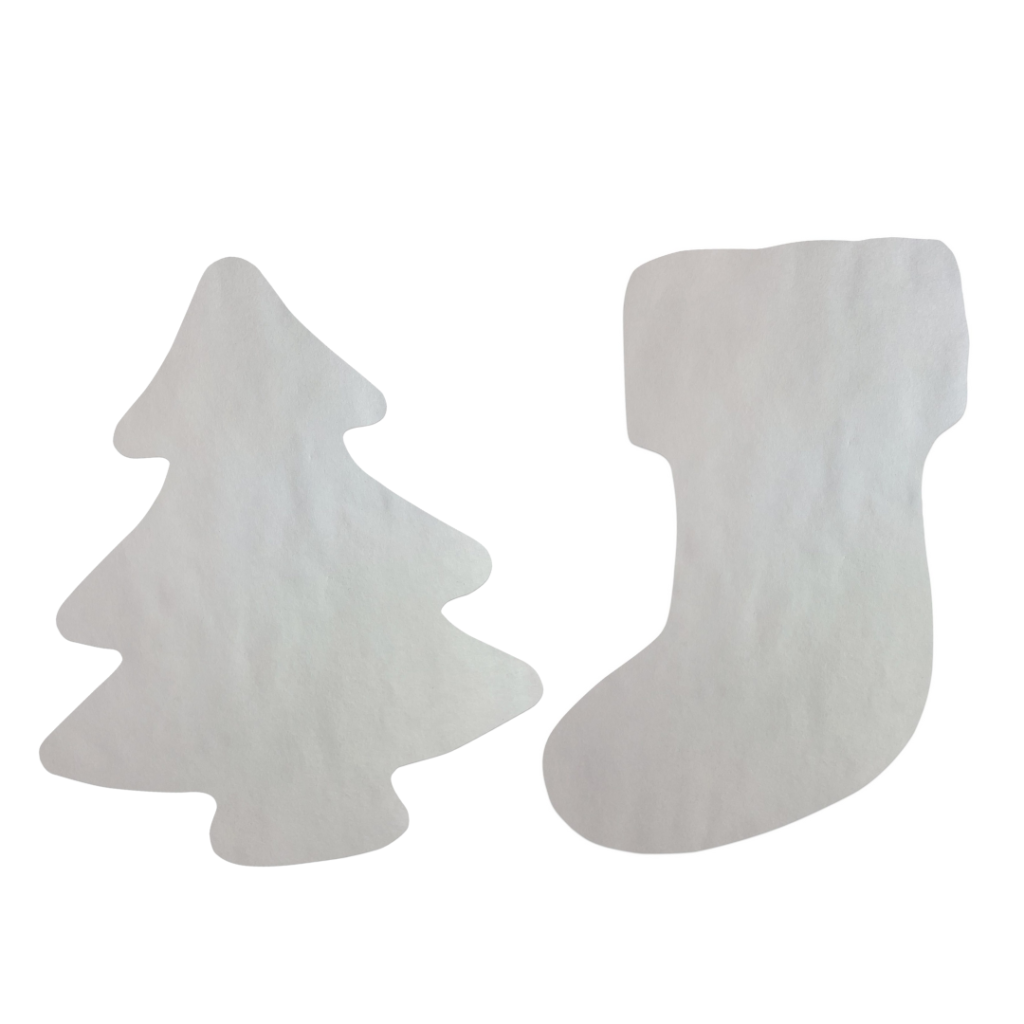
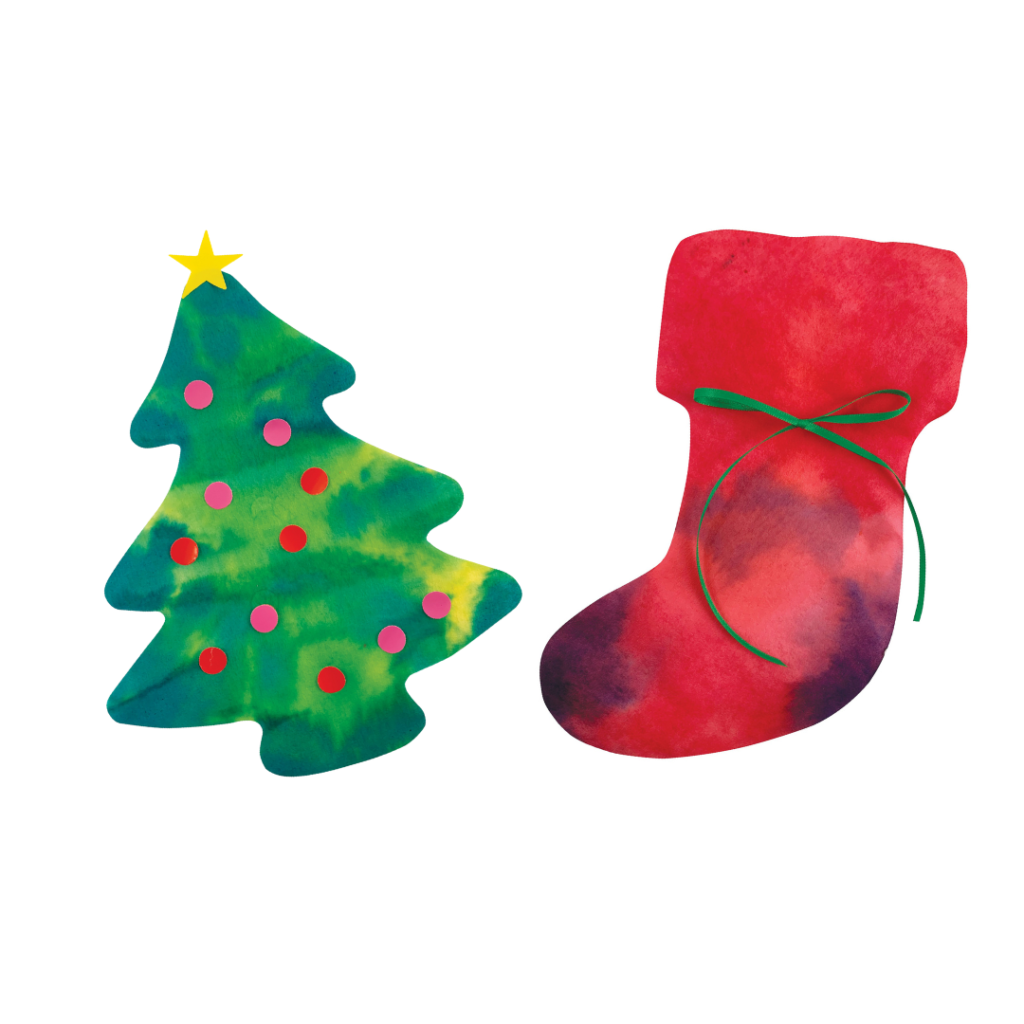
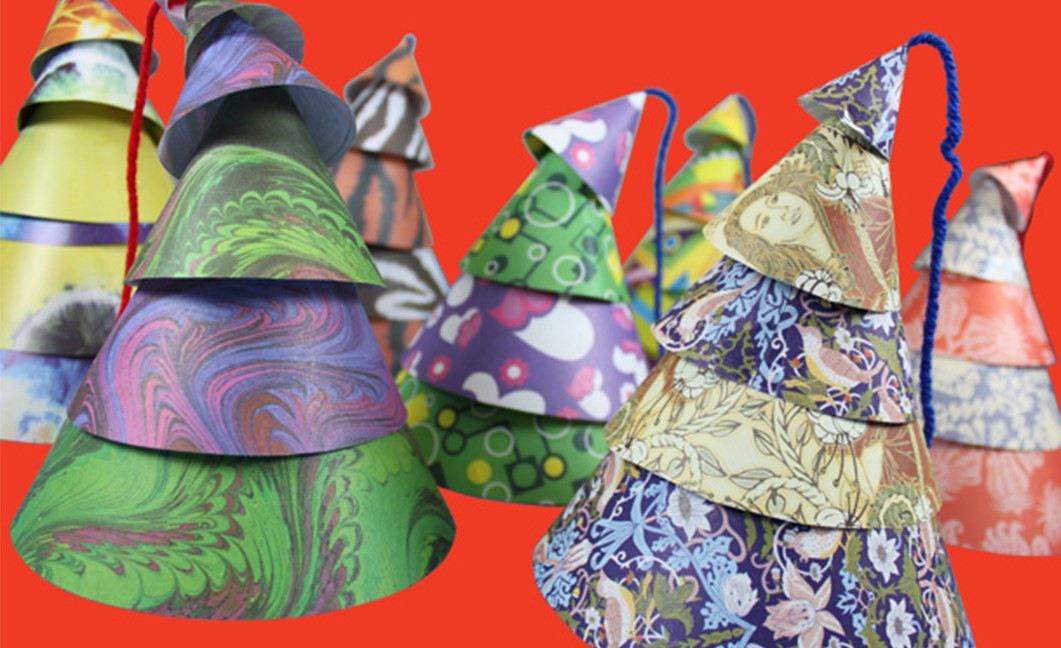
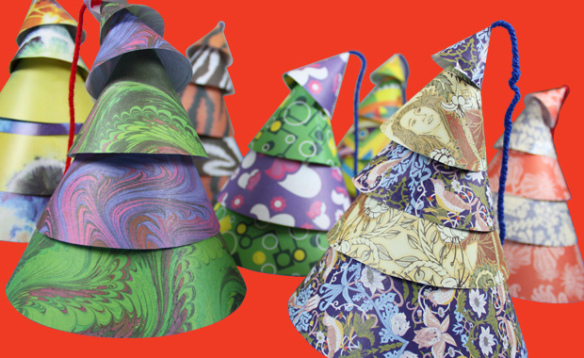

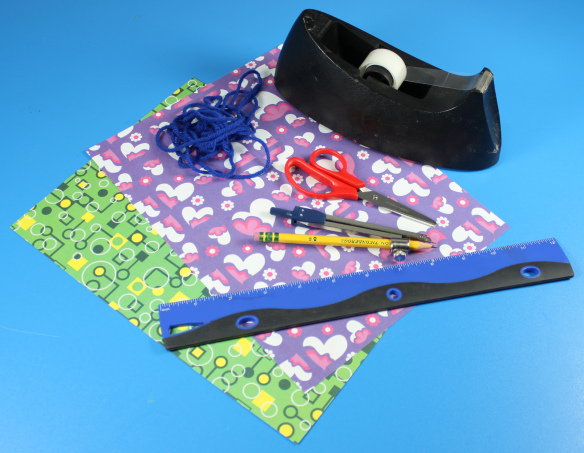 Select the different types of paper you would like to use in your Christmas tree ornament. Our trees have 4-5 tiers to them. If you would like to make the trees smaller, simply leave out the two interior tiers.
Select the different types of paper you would like to use in your Christmas tree ornament. Our trees have 4-5 tiers to them. If you would like to make the trees smaller, simply leave out the two interior tiers.